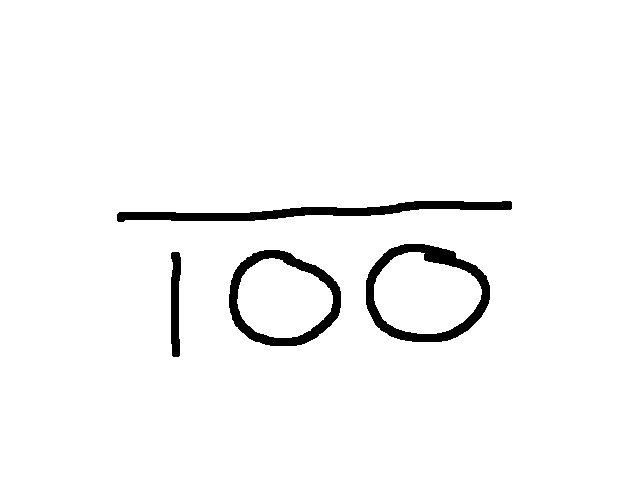Have you ever wondered if there is a better way to understand and remember mathematical order of operations than PEMDAS, BIDMAS, GEMA, or any of the other happy mnemonics that only go so far? It’s been a bugaboo for so many teachers over time. During a recent work trip to St. Croix, USVI, I realized I hadn’t written my thoughts about it in my book. So I wrote a chapter all about it. If you’d like to read the chapter, wonderful! Just sign up to my email list, and you’ll get a link to download it for free. Don’t forget…
-
-
A week or two ago, Bill Davidson interviewed me for his podcast, Centering the Pendulum. I found it a great experience that allowed me to express some of the reasons for writing my book. It’s 18 minutes long; I hope you can find time to listen to it here.
-
Mobius strips are easy to make. Just glue one end of a strip of paper to the back side of the other end. Then you have a twisted strip. Lots of knitters make Mobius cowls as well. It’s a popular and cozy style. The author of some of the books I’ve used with students, mathematician Richard Evan Schwartz at Brown University, has been puzzling over a problem posed in the 1970s: what’s the shortest strip of paper you can use to make a Mobius strip? After a few years of tinkering, Dr. Schwartz cracked the problem. The key to doing…
-
This is an animation for my book. It is a visual reminder of the connection between the concept of percent and a fraction out of 100.
-
In Chapter 2 of my book (in progress, soon to be sent to the publisher), I discuss the amazing process that happens in our brains when they make neural connections while learning. Here is a brief video visualization of a group of neurons building connections between them, the process that happens whenever we learn something or strengthen our learning. I hope you enjoy my book and how it can help you grow stronger neural connections about math!
-
Today in my Math Mavens program, we opened the book You Can Count on Monsters by Richard Evan Schwartz for the first time. This is a book I bought because I heard glowing reviews of it on NPR. The concept of the book is teaching prime and composite numbers through colorful, geometrical monsters. It is written for any age, from preschool on up, and my students really appreciated it. They had a lot of fun looking at the monsters, spotting the prime monsters hidden inside the composite monsters, and describing what they saw. For example, one said the 20 monster…


